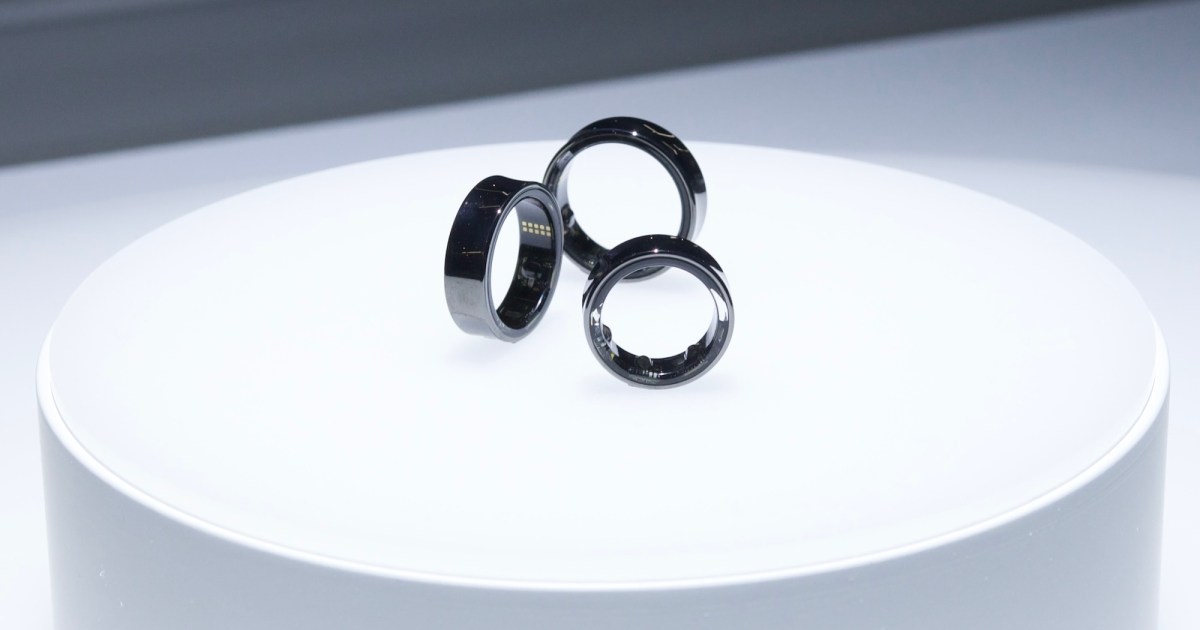The smart ring market has been largely dominated by the Oura Ring, but that is set to change with the upcoming launch of the Samsung Galaxy Ring. The ring was first teased at Samsung’s Unpacked event in January and later at Mobile World Congress (MWC) in February.
The Galaxy Ring is expected to be equipped with various health sensors to help users track their physical fitness and daily activities, all supported by Samsung Health. It is one of the most highly anticipated releases of the year, and here is everything we know about it to date.
Samsung Galaxy Ring: release date

Samsung is expected to launch the Galaxy Ring at its next Unpacked event, which takes place on July 10 in Paris, France. It is expected to be showcased alongside the Galaxy Z Flip 6 and Galaxy Z Fold 6 smartphones.
Since Samsung has already teased the Galaxy Ring numerous times now, we suspect it to fully launch either at or shortly after the July 10 Unpacked.
Samsung Galaxy Ring: price

Little is known about the pricing for the Galaxy Ring. At least one rumor, however, suggests Samsung isn’t planning on undercutting the price of two popular competitors. This suggests the Galaxy Ring will cost around $300 in the U.S., which is the same as the Oura Ring. Other smart rings, like the Ultrahuman Ring Air and RingConn Smart Ring, have similar prices — $349 and $279, respectively.
One area where Samsung could best Oura is that it may not have an attached subscription fee. As a reminder, the Oura Ring has a $6-per-month subscription. Samsung doesn’t currently have any subscriptions attached to its Galaxy Watches. Some rumors suggest the Galaxy Ring could change this, but we certainly hope that’s not the case.
Samsung Galaxy Ring: design
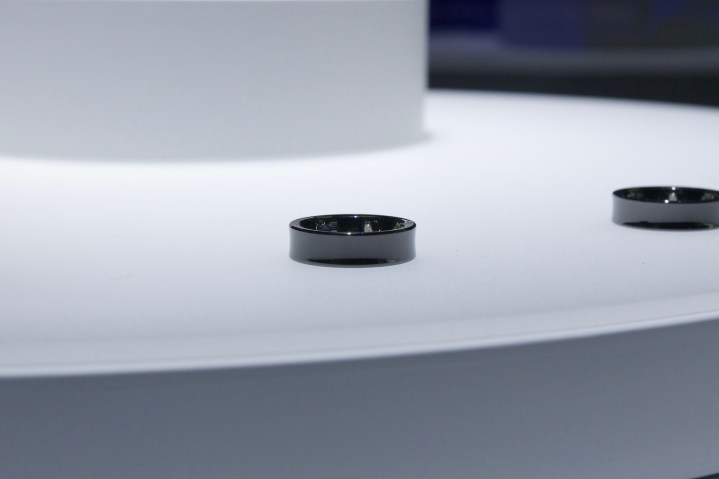
Much more about Galaxy Ring’s design is known since some samples were displayed at MWC. Expect Samsung to sell models in at least three colors: black, silver, and gold, each with a glossy, reflective finish. It previously leaked that Samsung would offer the ring in sizes 5 through 13.
Digital Trends editor Joe Maring expressed his hope that more designs for the Galaxy Ring will be released, including models available in extra finishes and colors. He also noted the absence of an indicator on the ring’s exterior to help users determine the best way to wear it. At MWC, one couldn’t tell whether the Galaxy Ring had this feature.
Samsung Galaxy Ring: health-tracking features
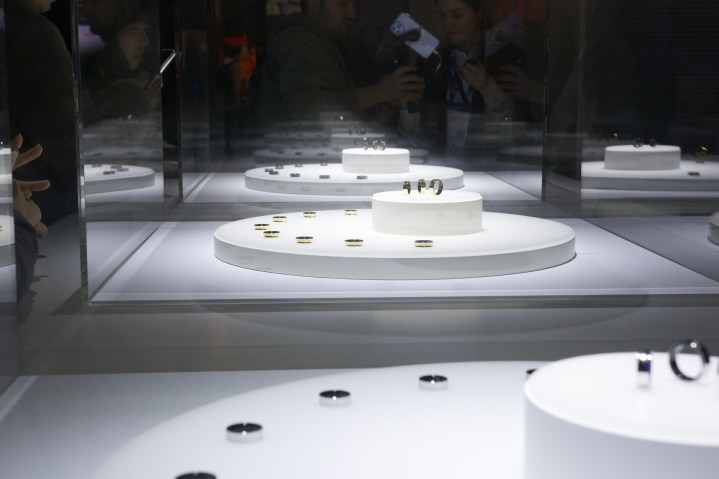
Based on the latest information, the upcoming Galaxy Ring is poised to offer several features to improve users’ health and wellness. A new Samsung patent spotted by Wareable seems to indicate that Samsung is seeking to use a generative AI system to implement continuous monitoring of heart rate data and signs of atrial fibrillation (AFib). Currently, most smartwatches track heart rate data by electrocardiogram scans (ECG), but it’s not continuous monitoring as the user needs to actively start the scan.
That’s set to change with Samsung’s new patent to “translate PPG signals to corresponding ECG waveforms.” Basically, Samsung is taking continuous data it already collects and using AI to translate it into ECG data. This feature could come not only to the Galaxy Ring but also to older wearables that have ECG capability, like the Samsung Galaxy Watch Active 2 and Galaxy Watch 3.
Among the other features we’re expecting is the “My Vitality Score,” which is expected to provide users with a comprehensive snapshot of their overall health based on key health metrics such as sleep, activity, heart rate, and heart rate variability (HRV). The score sounds similar to Oura’s popular “Readiness” score, which users have praised for its accuracy and helpfulness.
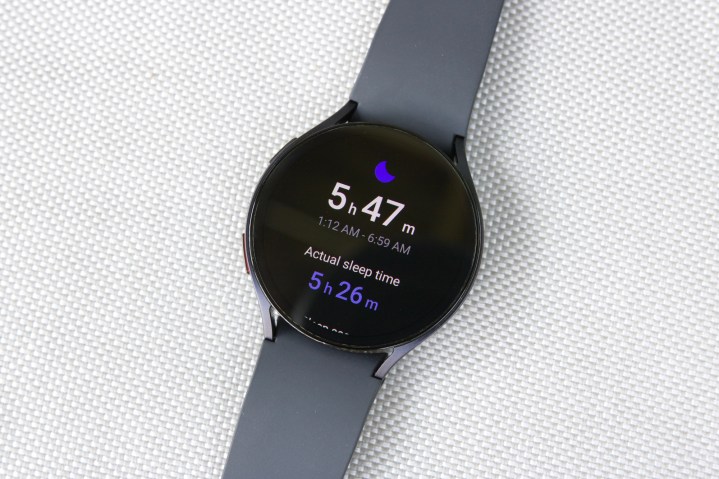
In addition to the My Vitality Score, the Galaxy Ring is also expected to provide sleep-tracking insights to help users understand the quality and duration of their sleep each night. This feature should be handy for people who struggle with sleep issues or want to optimize their sleep habits for better health.
Another exciting feature of the Galaxy Ring is cycle tracking, made possible through Samsung’s partnership with Natural Cycles. This feature can help users track their menstrual cycles and fertility, allowing them to understand their bodies better and plan accordingly.
All of this lines up with what we expect out of a smart ring in 2024. It’s possible Samsung will have more health/wellness features to share, but at least from where we’re at right now, it sounds like all of the basics are covered.
Samsung Galaxy Ring: battery life
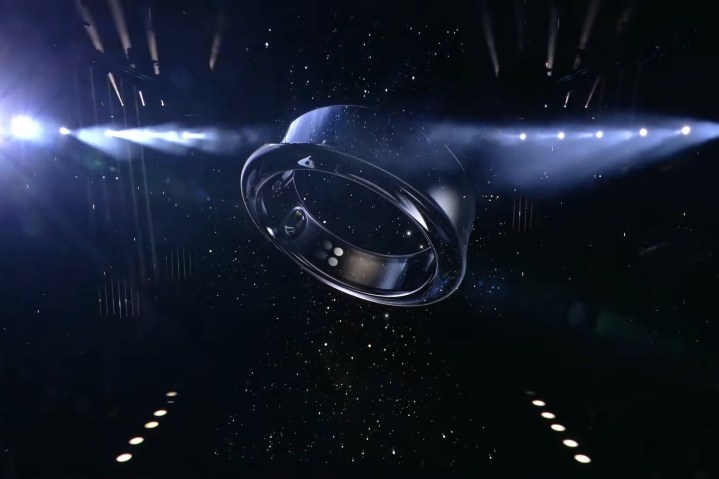
Samsung has teased that the Galaxy Ring will have a remarkable battery life. Larger sizes are expected to offer “long” battery life, which is not surprising considering the impressive battery life of the Oura Ring.
In late February, Samsung confirmed in an interview that the Galaxy Ring will get between five and nine days of battery life. Simply put, that’s outstanding. The Oura Ring, for example, can go up to four days without needing a charge. If Samsung gets over a week of endurance out of the Galaxy Ring’s battery life, color us impressed.
Samsung Galaxy Ring: What’s the killer feature?
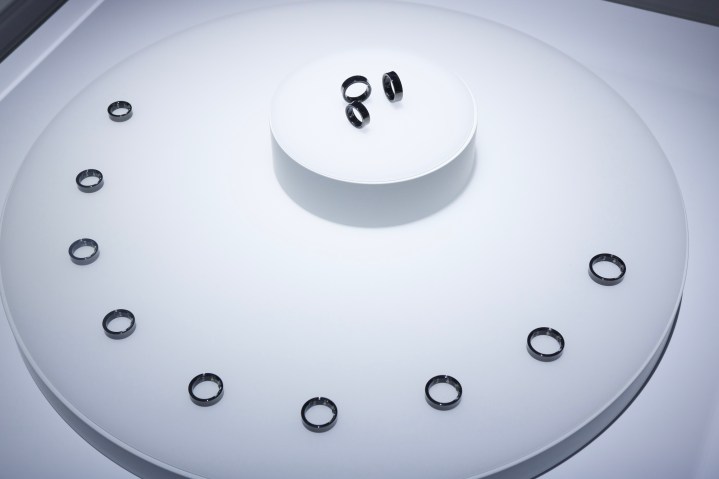
We have yet to learn about any distinctive feature that sets the Galaxy Ring apart from other devices on the market. We hope that Samsung will offer something innovative and unique to make it stand out, especially as the smart ring market grows more and more crowded. With rumors that the new Oura Ring will bring features like measurements for cardiovascular age and cardio capacity, Samsung will have to do more to compete.
Samsung can achieve this in a few ways. Its battery life claims are worth paying attention to. Samsung also has an opportunity to make the Galaxy Ring a more affordable smart ring option, whether through a lower MSRP and/or the lack of a subscription.
We should learn more about the Galaxy Ring on July 10, so stay tuned.

